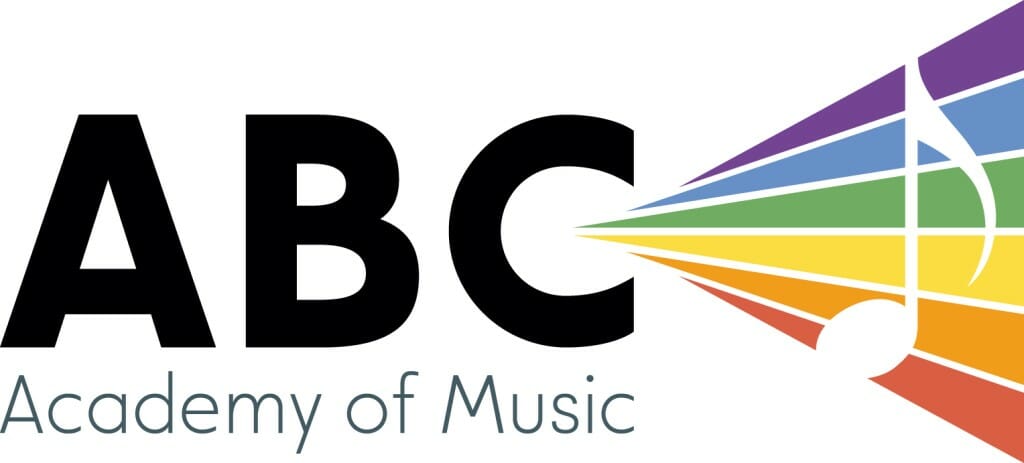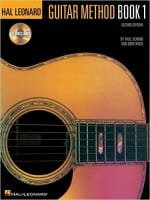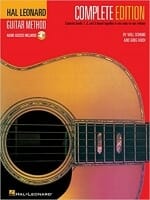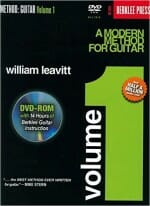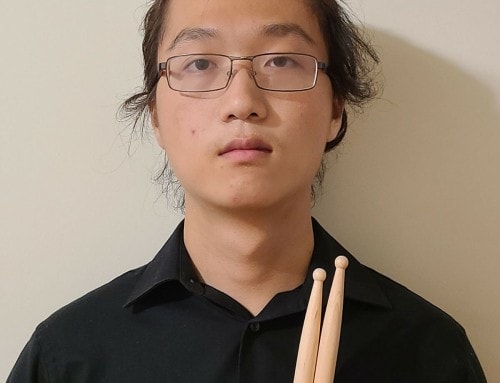BFA (York)
Daniel is a multi-instrumentalist, composer, and performer from Toronto with a passion for exploring music of all genres and origins.
Daniel received his Honours Bachelor Degree in Music at York University where he originally attended for jazz, but soon branched out into Film Composition and world music such as Klezmer, Balkan folk, Baglama, Eastern European Folk, Flamenco, and Celtic. Since graduating he has primarily focused on crafting and performing on soundtracks for various feature and short films, plays, and television pilots, including Netflix releases and one theatrical release under the mentorship of the prominent Canadian Composer, Lesley Barber.
On the performance front he has also performed and written several EP’s alongside other Toronto artists in the genres of rock, funk, metal, alternative, folk, experimental, and flamenco, and continuously explores new and interesting avenues of guitar related genres.
Music for him is a life long pursuit, and he approaches it as a life long student. Through the one know many.
Get to know Daniel…Beyond the Bio!
Hobbies: Camping, hiking, travelling, board games, reading, cooking and exercise!
Musical Influences: Jóhann Jóhannsson, Bonobo, Radiohead, Thomas Newman, Joe Hisaishi, Plini, Periphery, Paco de Lucia, Pink Floyd, Bob Dylan, The Beatles, Neil Young, Devendra Banhart, Philip Glass, Steve Reich, Igor Stravinsky, etc…
Favourite Food: Shawarma, anyday.
Least Favourite Food: the over/poorly cooked variety.
Favourite music: Rock, Psychedelic, Metal, Folk, Ambient, Electronic, Original Soundtracks, Folk.
Favourite Song: At the moment it would be The Girl From North Country by Bob Dylan.
Favourite Movie: Jojo Rabbit
Favourite Book: a tie between – Joseph Campbell, The Power of Myth; Khalil Gibran, The Prophet.
Favourite Quote: “We have created a Star Wars civilization, with Stone Age emotions, medieval institutions, and godlike technology.” – E. O. Wilson
Latest Homework from Daniel
Is Daniel Your Teacher?
Sign up now to get your weekly assignments delivered, and never lose your homework sheet again!
January 21st
Eliana
Recommended practice time: 10-15 minutes daily
What to practice: Thrash Unreal by Against Me! and the A minor scale (groupings of 3, in 3rds, etc…).
How to practice effectively: While playing Thrash Unreal, because you already have the chords down quite well, I want you to use this song as a way to familiarize yourself with the fretboard and how/where these chords can be found. So, similar to as we did during the lesson, I want you to practice playing them off different sets of strings. Challenge yourself by figuring out as many different ways to play the chords as you can, and take note of how the quality of the sound changes depending on what strings/frets they’re played on. Then decide which way you like: personalize it to your taste. You may find it helpful to keep track of the chord shapes you come up with on something like this. Similarly, if you google “Guitar Chord Boxes” you can find other options which may be more to your liking. Otherwise, keep up with the A minor practice and change the fingering to your liking. You can access all the material covered from lesson 1 through til today here.
Good work today Eliana! You’re picking concepts and techniques up quickly and you ought to be happy with your playing. You’re playing well!
Aarnav
Recommended practice time: 5-10 minutes daily
What to practice: Stare at the Sun by U2, F Major scale and E minor Scale
How to practice effectively: Take it slow, and controlled. Practice playing each chord by itself first, then once that’s comfortable play through the progression from beginning to end with the rhythm provided, and if you find any specific transition to be especially challenging, take some extra time and “chunk” just switching between those two chords. After a bit of chunking and improving the difficult parts, practice the whole again and see if you can play the entire progression from begging to end as seamlessly as possibly. Otherwise, just be sure to be reading the chord diagrams correctly. I put together a little guide to help you with that to use as a reference that you should check before practicing just to refresh how to read chord boxes, which you can find here. For the scales, take it slow and remember to assign a finger for each fret, index to first, middle to second, ring to third, pinky to fourth.
Good work Aarnav! I’m impressed with how quickly you picked up the rhythm to Stare at the Sun, and you nailed the chords well too! Keep it up, you’re making progress!
Aarna
Recommended practice time: 5-10 minutes daily
What to practice: Crazy on You by Heart (rhythm/lead), F Major scale and E minor Scale
How to practice effectively: With guitar in hand, review how to read chord boxes (guide can be found here), and go over each chord one by one. Take notice of any common notes between chords (ie: A minor going to C major on having to switch one finger). Noticing and taking action of things like this will make playing a lot easier. Similarly, you may take notice of how some chord shapes are similar in their appearance (ie: A minor and E7, this might help you remember them long term!). Once you’re comfortable start to play from chord to chord, and add the up/down rhythm provided in the score. The end goal is to make it all as smooth as possible. For playing the scales, assign fingers to the frets and aim to play as evenly as possible ascending and descending, going as slow/fast as needed to let each note ring out fully.
Lots of good stuff today Aarna! You picked up the chords fast, really got hold of the up/down strumming, and got some barring happening. That’s not super easy! You’re improving a lot!
Simon
Recommended practice time: 10 minutes daily
What to practice: A minor scale (up/down, groups of 3), I Don’t Want to Set the World On Fire by the Ink Spots + Intro
How to practice: The intro is straightforward, just be sure to have that swing rhythm! Otherwise, like we were doing with the chords from Sweet Child of Mine, I want you to work with the Major/Minor chord shapes you know (off the low E, and A string) and apply them to I Don’t Want to Set the World on Fire, adding a 7th where needed. Remember, for Minor chords, the 7th is a whole-step below the root. For chords such as C7 and Bb7, play them as Major for now, and for F#dim7, and Abdim7 just play the root. Next lesson we will cover how to create dominant 7th chords, as well as diminished 7ths, so don’t fret too much if some of these chord names are new. Experiment around, and see where it makes sense to play these chords. Is it better to move across strings, or up the neck?
Excellent work identifying chords and applying them across the fretboard today Simon! Hang tight as there will be a followup file with this email which you will be able to find here by Saturday. Keep up the good work!
Preferred Books for Daniel’s Students
Click to buy them here, and they’ll come right to your house! What could be easier?
Hal Leonard Guitar Method
The second edition of this world-famous method by Will Schmid and Greg Koch is preferred by teachers because it makes them more effective while making their job easier. Students enjoy its easy-to-follow format that gives them a solid music education while letting them play songs right away. Book 1 provides beginning instruction including tuning, 1st position melody playing, C, G, G7, D7, and Em chords, rhythms through eighth notes, solos and ensembles and strumming.
Hal Leonard Guitar Method COMPLETE
The Hal Leonard Guitar Method is designed for anyone just learning to play acoustic or electric guitar. It is based on years of teaching guitar students of all ages, and reflects some of the best teaching ideas from around the world. This super-convenient Complete Edition features the new and improved method books 1, 2 and 3 spiral-bound together.
Modern Method for Guitar
Modern Reading Text in 4/4
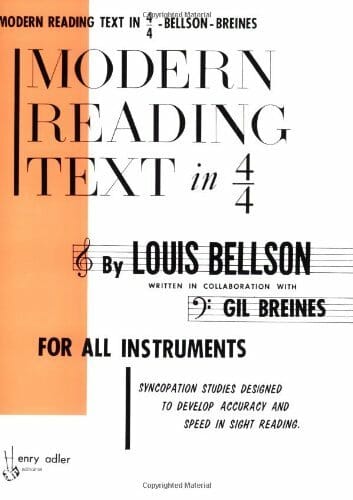
This book has become a classic in all musicians’ libraries for rhythmic analysis and study. Designed to teach syncopation within 4/4 time, the exercises also develop speed and accuracy in sight-reading with uncommon rhythmic figures. A must for all musicians, especially percussionists interested in syncopation.
Hal Leonard Music Theory for Guitarists
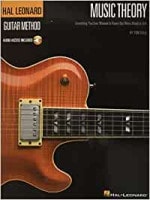
Guitarists of all levels will find a wealth of practical music knowledge in this special book with online audio access. Veteran guitarist and author Tom Kolb dispels the mysteries of music theory using plain and simple terms and diagrams. The accompanying recordings provide 94 tracks of music examples, scales, modes, chords, ear training, and much more! To access audio visit: www.halleonard.com/mylibrary
